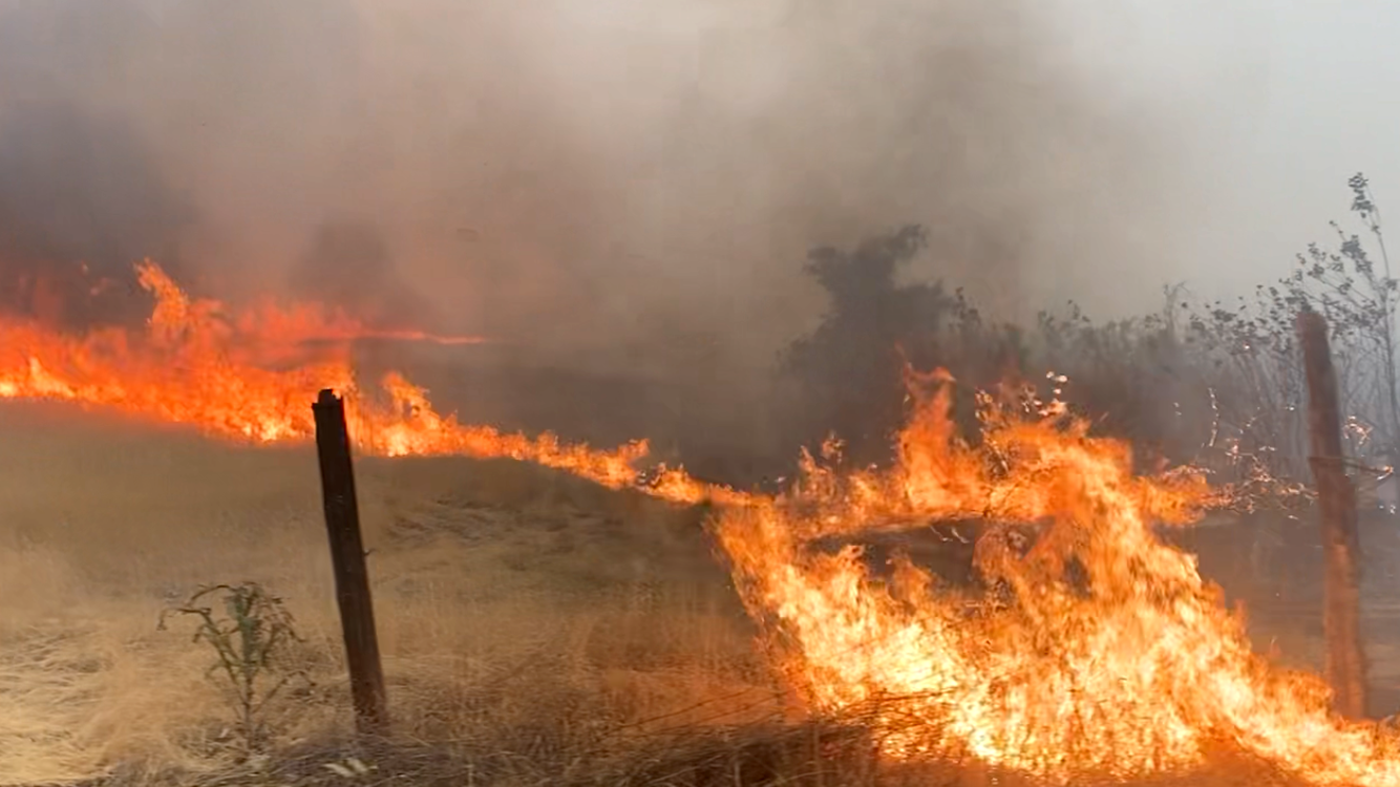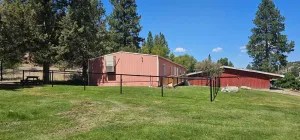MEDICAL GUIDE: Now is the time to test homes for radon gas
Published 12:00 pm Thursday, February 13, 2020
Many parts of Oregon remain at risk of high radon — an odorless, tasteless and invisible gas. It is a naturally occurring radioactive gas that comes up from the ground and is drawn into buildings, where it can build up to dangerous levels.
Trending
The U.S. Environmental Protection Agency estimates that radon is responsible for more than 20,000 lung cancer deaths per year in the United States. Radon is the second-leading cause of lung cancer in the U.S. after cigarette smoking, and the leading cause of lung cancer among non-smokers.
“Every homeowner should test their home for radon every two to five years,” says Curtis Cude, Radon Awareness Program manager at the Oregon Health Authority. “The best time to test is during the heating season, when the windows and doors are closed up tight.”
Many test kits are priced between $15 and $25 and can be found in most hardware stores. Radon problems can be fixed by qualified contractors for a cost similar to that of common home repairs, such as painting or having a new water heater installed.
Trending
The Radon Awareness Program collects radon test data from test kit manufacturers in an effort to understand which areas of the state have the potential for high radon levels and to identify areas where educational outreach efforts need to be focused. The program is offering a free radon test kit to residents whose homes are in ZIP codes with fewer than 20 radon test results. Residents can send an email to radon.program@dhsoha.state.or.us to receive instructions on how to get a free test kit, which will be provided while supplies last.
For more information on which areas of the state are at moderate to high risk of having elevated radon levels, radon testing and mitigation or to order a test kit online, contact the Radon Awareness Program at radon.program@dhsoha.state.or.us or visit healthoregon.org/radon.
The American Lung Association clears up five common myths about radon.
Myth 1: Radon is not really harmful.
Fact: Not only is radon invisible, it’s also radioactive. While you can’t see it, exposure to high levels of radon over time can cause lung cancer, according to the U.S. surgeon general. In fact, radon ranks as the nation’s second-leading cause of the disease. Radon-related lung cancers are responsible for an estimated 21,000 deaths every year in the United States.
Myth 2: Radon is rare and doesn’t impact our community.
Fact: The reality is that radon is found at dangerous levels in an estimated 1 in 15 homes nationwide. Your home can have elevated levels of radon while your neighbor’s home does not. It doesn’t matter in what part of the country you live. Radon comes from rock and soil, so it can be found anywhere. It then enters the home or building through cracks in walls, basement floors, foundation and other openings, and can exist at dangerous levels indoors.
Myth 3: Testing for radon is expensive.
Fact: The only way to detect dangerous levels of radon in your home is to test the air. Various do-it-yourself test kits are simple to use and inexpensive. Some places offer free kits. Schools and day cares should use professional help to do the testing.
Myth 4: Even if I test, I couldn’t afford to fix the problem.
Fact: Fixing radon problems in most homes costs between $500 and $1,500 — roughly the price of a new television set or computer.
Myth 5: Our schools are safe.
Fact: Testing for radon in schools is not required in most states, nor is fixing the problem. Not only children but teachers and other staff who work in schools can be exposed to dangerous levels of radon. The last nationwide survey of radon levels in schools, completed in 1993, found that nearly one in five schools had at least one classroom with dangerous levels of radon. The American Lung Association leads a coalition of groups working to highlight the importance of testing for radon in both schools and day cares through the National Radon Action Plan.
To learn more about radon and how to test homes, visit lung.org/radon or call the Lung HelpLine at 1-800-LUNGUSA.









